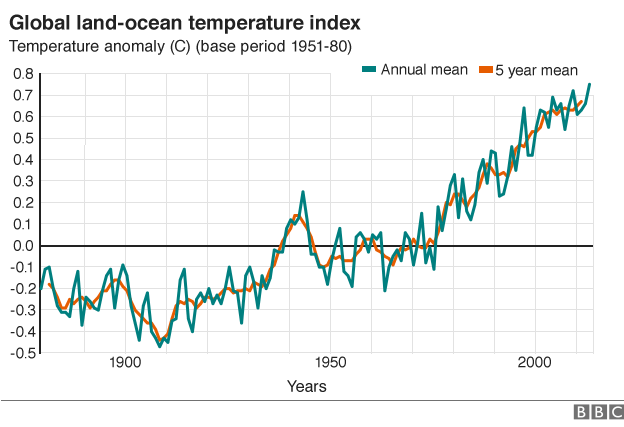Hydrogen Strategy – EU
The EU published its A hydrogen strategy for a climate-neutral Europe on 8 July 2020.
In the introduction it states, "Hydrogen can be used as a feedstock, a fuel or an energy carrier and storage, and has many possible applications across industry, transport, power and buildings sectors. Most importantly, it does not emit CO2 and almost no air pollution when used. It thus offers a solution to decarbonise industrial processes and economic sectors where reducing carbon emissions is both urgent and hard to achieve. All this makes hydrogen essential to support the EU’s commitment to reach carbon neutrality by 2050 and for the global effort to implement the Paris Agreement while working towards zero pollution.
Yet, today, hydrogen represents a modest fraction of the global and EU energy mix, and is still largely produced from fossil fuels, notably from natural gas or from coal, resulting in the release of 70 to 100 million tonnes CO2 annually in the EU. For hydrogen to contribute to climate neutrality, it needs to achieve a far larger scale and its production must become fully decarbonised.
Renewable electricity is expected to decarbonise a large share of the EU energy consumption by 2050, but not all of it. Hydrogen has a strong potential to bridge some of this gap, as a vector for renewable energy storage, alongside batteries, and transport, ensuring back up for seasonal variations and connecting production locations to more distant demand centres. In its strategic vision for a climate-neutral EU published in November 2018, the share of hydrogen in Europe’s energy mix is projected to grow from the current less than 2% to 13-14% by 2050.
The place of hydrogen
It is clear that the EU sees hydrogen as an energy vector. It expects "Renewable electricity .... to decarbonise a large share of the EU energy consumption by 2050", but sees a place for green hydrogen to reach the places that electrons cannot reach.
Its focus is on green hydrogen - produced by electrolysis - rather than hydrogen derived from the hydrocarbons with the risks of methane leakage that that involves, and the costs and risks of "Carbon Capture and Storage". Effectively the EU Hydrogen Strategy recognises that Blue Hydrogen is not compatible with Net Zero.
See Ground Source Heating See Ground Source Cooling See Ground Source Energy

